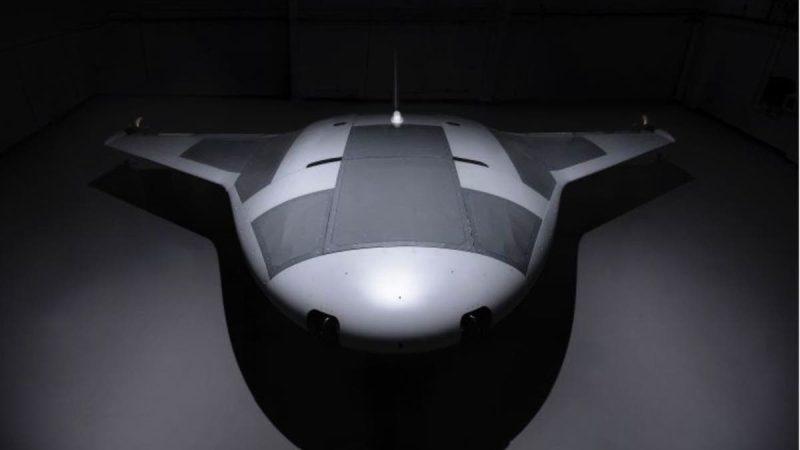
The ocean depths are a new frontier explored by humans and autonomous vehicles.
Leading the charge is Northrop Grumman’s innovative Manta Ray uncrewed underwater vehicle (UUV), a technological innovation set to revolutionize undersea missions.
Engineering inspired by nature
The Manta Ray UUV was built through a Defense Advanced Research Projects Agency (DARPA) program. It is a testament to human ingenuity and nature’s inspiration. Drawing from the hydrodynamic form of its namesake, the manta ray, this extra-large glider vehicle promises to soar through the ocean on long-range missions without human assistance.
A cloak of secrecy surrounding the Manta Ray
Details on the Manta Ray are sparse, shrouded in mystery, much like the ocean depths it’s designed to explore. What we do know is that it’s built for endurance and versatility, capable of carrying various payloads tailored to specific missions.
Technological underwater leap forward
Northrop Grumman isn’t just creating a vehicle but pioneering advanced autonomous technologies. The Manta Ray’s energy-saving systems and modular design are set to revolutionize subsea warfare and beyond.
Advancing UUV technology
The Manta Ray program is set to introduce critical technologies for a new class of UUVs. These technologies include:
- Novel energy management techniques for UUV operations and undersea energy harvesting at operationally relevant depths
- Low-power, high-efficiency propulsion systems that redefine undersea travel
- New methods for underwater detection and classification of hazards and counter-detection threats
- Mission management approaches for extended durations, taking into account the dynamic maritime environment
- Leveraging existing maritime data sets and exploiting novel maritime parameters for high-efficiency navigation, command, control and communications (C3)
- Innovative solutions to mitigate biofouling, corrosion and material degradation for long-duration missions
The program’s multiphase effort includes at-sea demonstrations of these critical technologies, employing a disciplined systems engineering approach to define objectives and identify enabling technologies needed for future systems.
Kurt’s key takeaways
The Manta Ray UUV is more than just a machine; it’s a leap into the future of undersea exploration and combat. Its ability to operate autonomously and adapt to various missions represents a significant advancement in unmanned maritime technology.
With the deployment of the Manta Ray UUV and similar autonomous technologies, what concerns do you have about the escalation of undersea warfare and its potential consequences for global security? Let us know by writing us at
For more of my tech tips and security alerts, subscribe to my free CyberGuy Report Newsletter by heading to
Ask Kurt a question or let us know what stories you’d like us to cover.
Answers to the most asked CyberGuy questions:
- What is the best way to protect your Mac, Windows, iPhone and Android devices from getting hacked?
- What is the best way to stay private, secure and anonymous while browsing the web?
- How can I get rid of robocalls with apps and data-removal services?
Copyright 2024 CyberGuy.com. All rights reserved.





























